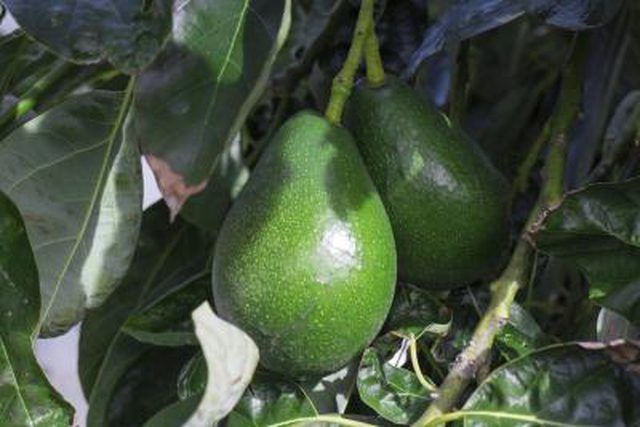Bulbs
Flower Basics
Flower Beds & Specialty Gardens
Flower Garden
Garden Furniture
Garden Gnomes
Garden Seeds
Garden Sheds
Garden Statues
Garden Tools & Supplies
Gardening Basics
Green & Organic
Groundcovers & Vines
Growing Annuals
Growing Basil
Growing Beans
Growing Berries
Growing Blueberries
Growing Cactus
Growing Corn
Growing Cotton
Growing Edibles
Growing Flowers
Growing Garlic
Growing Grapes
Growing Grass
Growing Herbs
Growing Jasmine
Growing Mint
Growing Mushrooms
Orchids
Growing Peanuts
Growing Perennials
Growing Plants
Growing Rosemary
Growing Roses
Growing Strawberries
Growing Sunflowers
Growing Thyme
Growing Tomatoes
Growing Tulips
Growing Vegetables
Herb Basics
Herb Garden
Indoor Growing
Landscaping Basics
Landscaping Patios
Landscaping Plants
Landscaping Shrubs
Landscaping Trees
Landscaping Walks & Pathways
Lawn Basics
Lawn Maintenance
Lawn Mowers
Lawn Ornaments
Lawn Planting
Lawn Tools
Outdoor Growing
Overall Landscape Planning
Pests, Weeds & Problems
Plant Basics
Rock Garden
Rose Garden
Shrubs
Soil
Specialty Gardens
Trees
Vegetable Garden
Yard Maintenance
How to Graft Avocado Trees
How to Graft Avocado Trees. Skillful gardeners in U.S. Department of Agriculture plant hardiness zones 10 through 12 can try their hand at grafting avocado trees (Persea americana). If your foray is successful, this artful combination of whittling and putting a jigsaw puzzle together results in a harvest of fruits for lots of guacamole dip.
Skillful gardeners in U.S. Department of Agriculture plant hardiness zones 10 through 12 can try their hand at grafting avocado trees (Persea americana). If your foray is successful, this artful combination of whittling and putting a jigsaw puzzle together results in a harvest of fruits for lots of guacamole dip.

Defying mathematical logic, grafting explains how one plus one can equal one. A severed stem, which is called a scion, is joined to another severed stemís rootstock, simply called the stock, to form a unified plant. The resulting plant combines the best traits of the scion, which typically is superior fruit, with the best traits of the stock, which include disease resistance and plant hardiness. For a successful graft, the scion and stock must be similar in diameter and the angles of the cuts must ensure that the cambium layers, which are greenish, align properly. The University of California Cooperative Extension recommends two grafting methods, depending on the size of your plants -- whip grafting and bark grafting.
Whip grafting is a suitable method for smaller plants that have diameters of 1/4 to 1/2 inch. In spring or fall, cut the stem off your intended stock by making a long, slanted cut 1 to 2-1/2 inches long. Cut the scion similarly so when you join them together, their cut surfaces will align. Make a downward cut on the scion and stock and fit them together so they interlock. Wrap the graft with budding rubber and use grafting wax to hold the rubber together. Protect the new plant from the sun until it begins to grow, and remove any growth from below the graft union on the stock.
Use the bark-grafting method for plant diameters larger than ? inch. Remove a branch from the stock just above the point where smaller branches diverge. Leave one branch, which is called a nurse branch, to serve as a supplemental food and water source until the grafted branch is solid. Make vertical slits, which are 2-1/2 to 3-1/2 inches long, through the bark of the freshly cut stock, spaced 3 to 5 inches apart. Cut 5- to 6-inch-long scions that have four to six buds each by making a slashing cut at the base of each scion that is 3 inches long. Lift the bark on one side of each slit with a sharp knife and insert a scion with the slashed side toward the wood of the stock. Press each scion into a slit, aligning their cambiums. Use plastic nursery tape to wrap the scions, and seal all surfaces with grafting wax or pruning paint. Dilute white, interior water-based paint in an equal part of water and coat all surfaces of the graft, including the area underneath the graft union. Remove the nurse branch and all but one scion after they begin growing.
Use plants that are certified disease-free and disinfect cutting tools. Unsanitary or contaminated tools may transmit diseases, such as sun blotch, an avocado viral disease for which there is no cure. Sun blotch symptoms resemble sunburn, such as yellow streaks on stems, crinkled leaves and cracks on the trunk. Disinfect tools by making a solution of one part household pine oil cleaner and three parts water. Soak the tools for five minutes and rinse them thoroughly before using.